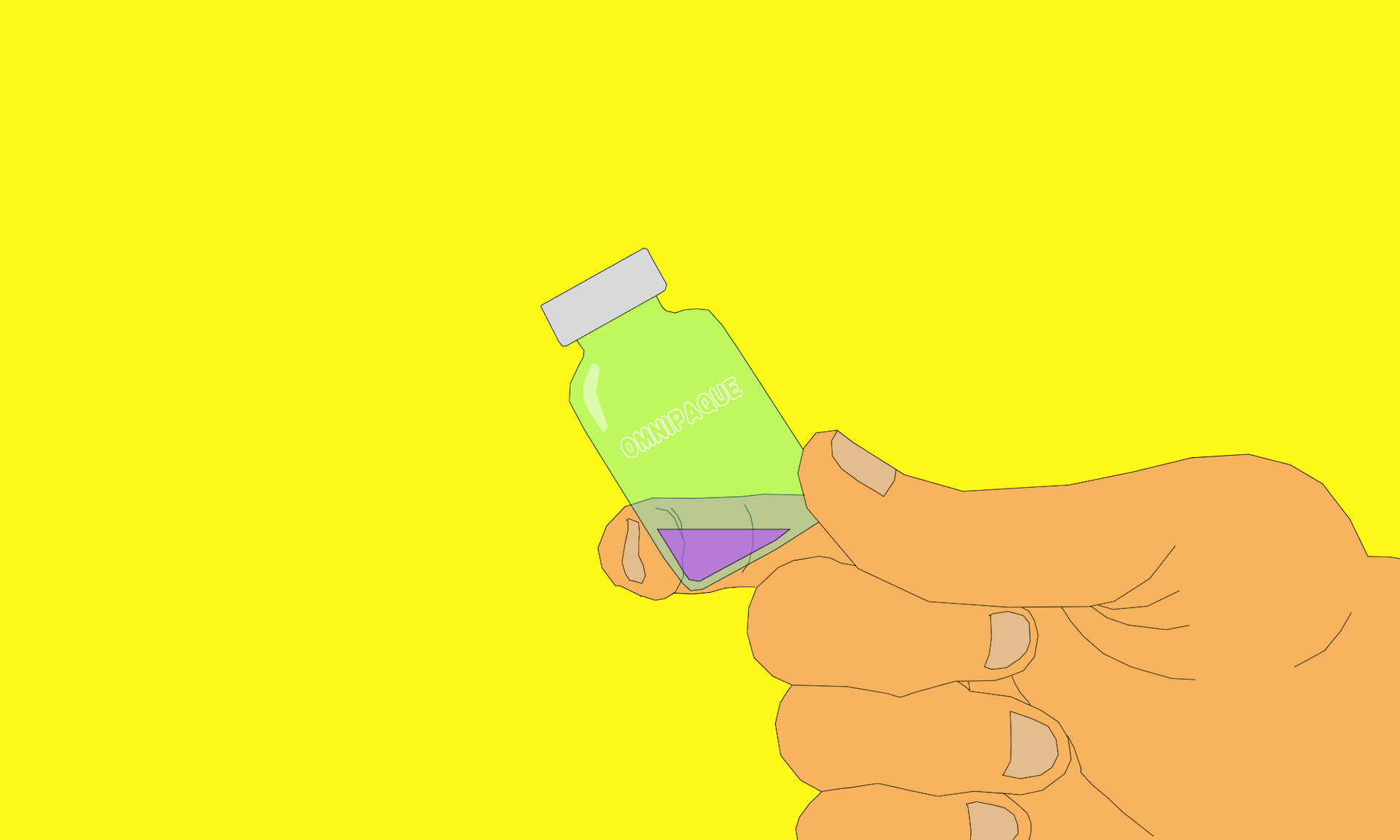After Shanghai lockdowns, U.S. hospitals don’t have enough of a dye used for cancer and stroke scans
China’s COVID-choked supply chains are hitting U.S. hospitals. The latest product that can’t be shipped is a dye used daily in scans for cancer, strokes, and heart conditions.

Hospitals in the United States are rationing a dye widely used in medical scans whose production line has been ensnared in supply chain blockages caused by China’s nation-wide lockdowns.
The rich nations of the world use a lot of this dye, also known as contrast media and radiocontrast agent: Hospitals in the U.S. and elsewhere use it daily to allow a CT scanner or fluoroscope to see inside the body for stent surgery, to measure arterial blockages around the heart, diagnose strokes, monitor cancerous tumors, and more.
The dye is manufactured by only a handful of major companies, one of which is Boston-based conglomerate General Electric (GE). Most of the company’s supply comes from its Shanghai plant that just recently restarted production amid the city’s eighth week of lockdowns.
- On Monday, GE said that the plant is back to 50% capacity and is sending shipments of the dye on flights from Shanghai and from another plant in Ireland.
- The American Hospital Association asked GE in a letter on May 16 to prioritize distributing the dye to hospitals that have the most urgent patients.
China news, weekly.
Sign up for The China Project’s weekly newsletter, our free roundup of the most important China stories.
The shortage has renewed American concerns over growing dependence on China for key medical goods, ranging from things like the active pharmaceutical ingredients (APIs) to make penicillin to the N95 medical-grade face masks used by global frontline workers in the COVID-19 pandemic.
- The United States imported around $20.7 billion in pharmaceuticals, medical devices, and other medical products from China in 2019, or 9.2% of all U.S. imports that year, though the numbers likely understate the extent to which the U.S. relies on China for medical products.
- India, which is the U.S.’s largest provider of generic finalized drug products (FDFs) like capsules and pills, depends on China for more than 70% of its APIs. The nation has also invested billions in domestic manufacturing to reduce dependence on China for bulk API materials.
- Britain’s National Health Service has faced renewed calls to reduce its reliance on China for medical supplies, after a recent report warned that the percentage of imports from the Asian nation have skyrocketed since 2015.
But China’s growing global dominance in medical goods is showing no signs of slowing down, driven by both the allure of cheaper operational costs and by its massive industrial capacity backed by strong support from Beijing.
- China is currently the world’s second-largest market for pharmaceuticals and the fastest emerging market for the sector: Biopharmaceuticals are one of the key industries named in the government’s “Made in China 2025” strategy.
- Seven out of the world’s top 10 largest biopharma IPOs from 2018 to 2020 originated from China, according to consulting firm McKinsey.
- Many foreign manufacturers have sought to tap into China’s biotech boom, enticed by the surge in private investment and government support.
Good or bad, any quick push to shift the medical supply chain away from China is unlikely: Just last week, official data reported that China’s pharmaceutical firms saw their combined business revenue climb 18.7% year-on-year in 2021, the highest growth rate in five years. That’s a whopping 3.37 trillion yuan ($502 billion).






